Harvest Lane Honey 2-Frame Manual Plastic Honey Extractor
The Harvest Lane Honey 2-Frame Manual Plastic Honey Extractor works with most standard sizes. The honey gate in the front allows honey to flow or be contained during extraction. This manual honey extractor is made with food-grade plastic and components.
The Harvest Lane Honey 2-Frame Manual Plastic Honey Extractor works with most standard sizes. The honey gate in the front allows honey to flow or be contained during extraction. This manual honey extractor is made with food-grade plastic and components.
- Manual honey extractor with hand-crank system
- Easy care
- Made with durable steel and food-grade components
- Not intended for heavy production
- 20 in. x 20 in. x 38 in.
Additional information
| Country of Origin | Made in USA |
|---|---|
| Capacity | 2 FRAMES |
| Handle Length | 5 in. |
| Harvesting Product Type | Honey Extractors |
| Primary Material | Steel |
| Product Height | 38 in. |
| Product Length | 20 in. |
| Product Weight | 14 lb. |
| Product Width | 20 in. |
| Manufacturer Part Number | HONEYE-101 |

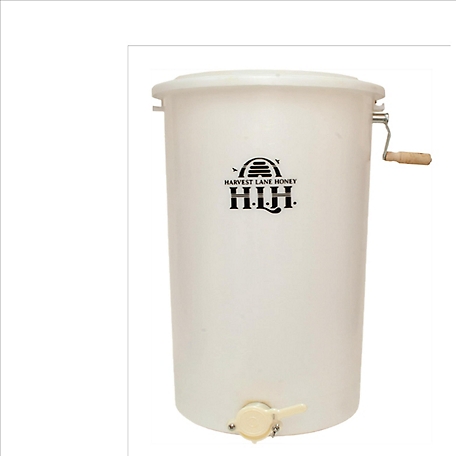
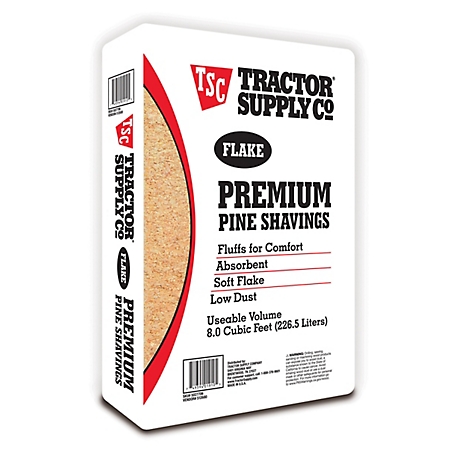
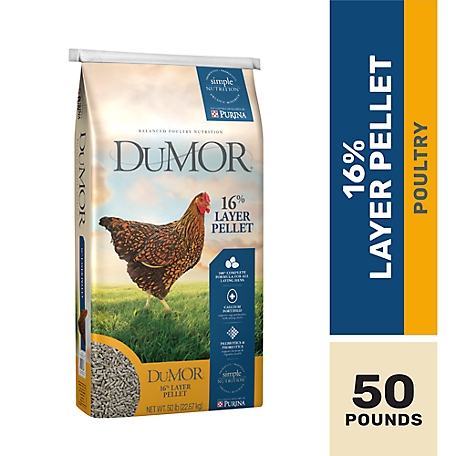



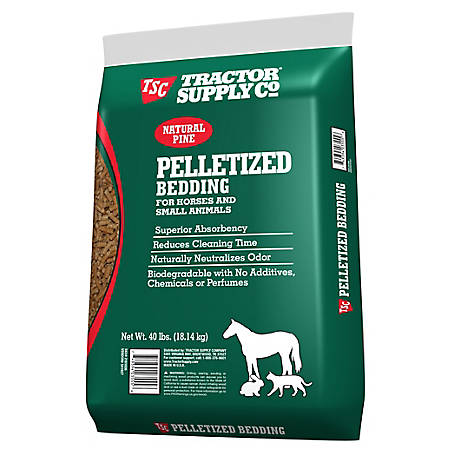
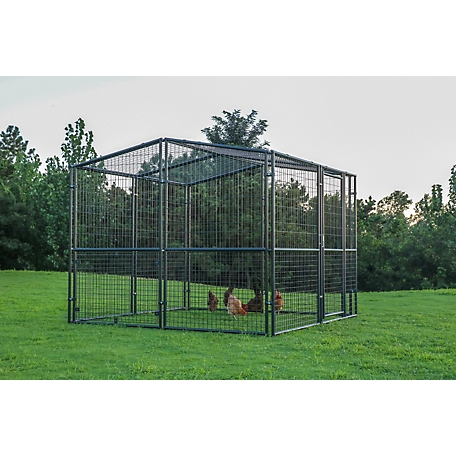
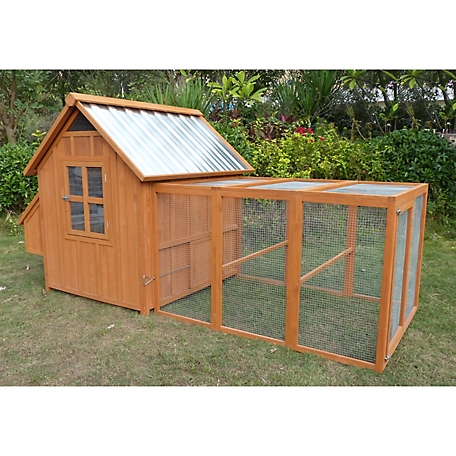
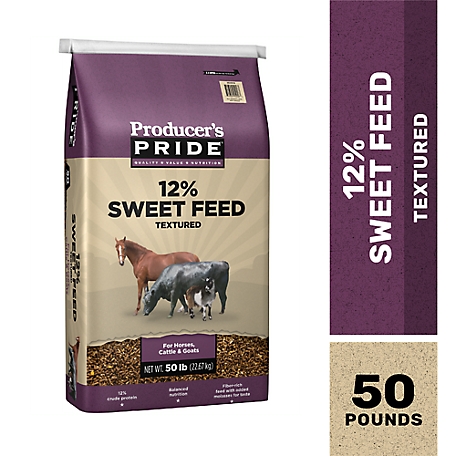
by Kirk
Works great. Easy to clean and does the job just as good as the stainless steel models. Light and easy to store. Wish they offered a stand.
by Danny
This is a great little piece of equipment for the backyard bee keeper.
by Drockwe
Perfect unit for the beginner bee keeper. Great price when compared to the more professional models but a nice entry level model. Shipped on time. Original unit was slightly damaged but company replaced with no hassles and did it quickly. Would definitely recommend.